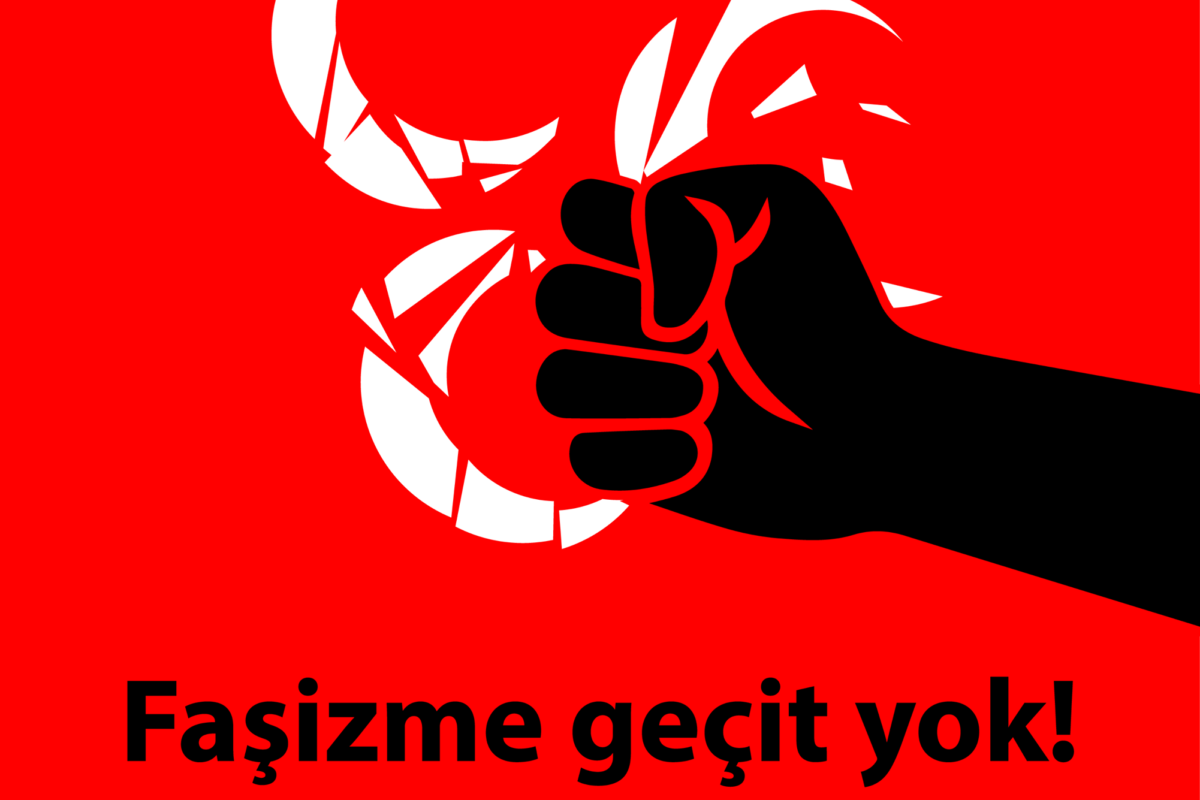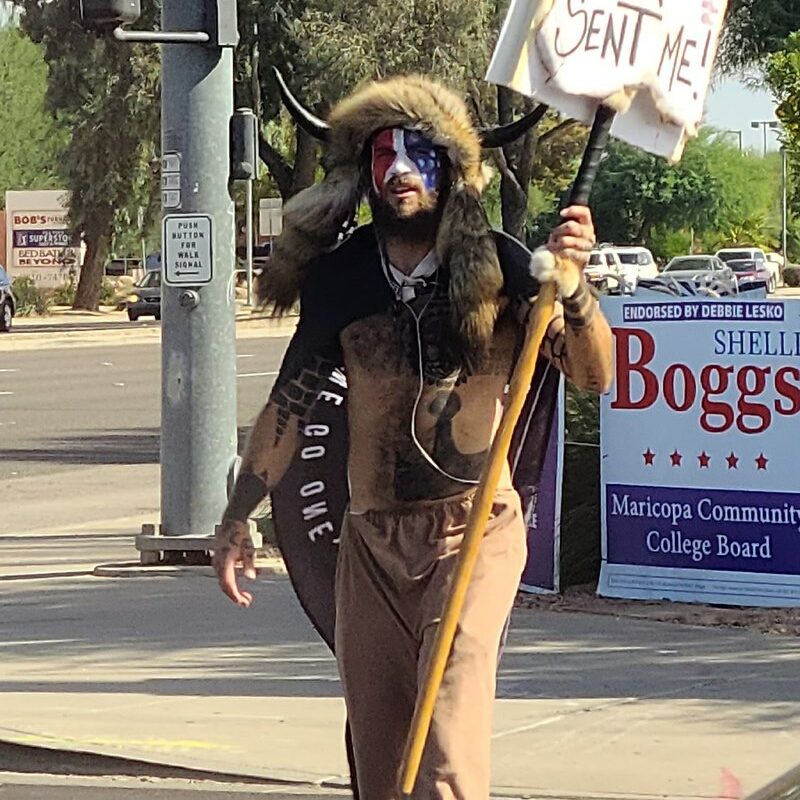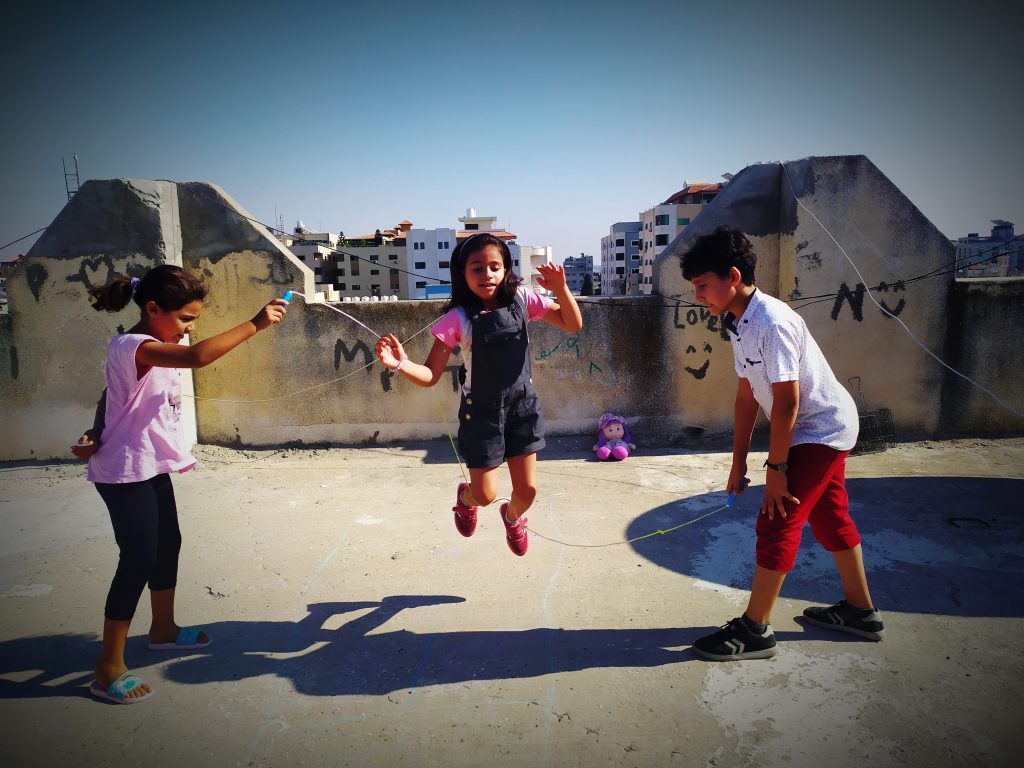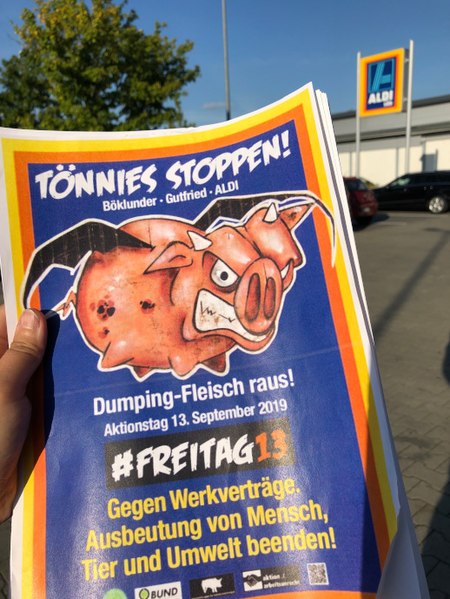Eyes of Gaza عيون غزة is an exhibition of photographs which resulted from an exchange project between 10 young people in Gaza and students from a school in Gütersloh, Germany. Its aim is to give the students a first-hand impression of life in Gaza in pictures and in writing.
The exhibition is part of the Zait wa: zaʕtar Festival of Palestinian Arts and Culture, which was planned to take place in Berlin this Spring. Due to Covid-19-related contact restrictions, most of the festival has been postponed or moved online (register here for more information).
Phil Butland spoke to Nahed Awwad (NA) and Cora Josting (CJ), respectively coordinator of Eyes of Gaza and initiator of the Zait wa: zaʕtar festival
How did the project Eyes of Gaza come to pass? Who had to do what to make it happen?
CJ: From when I initiated the festival as a new Ibn Rushd project back in the fall of 2018, I always wanted to include a visual arts part. As showing painted pictures of established Palestinian artists is an enterprise that seemed too complicated and too costly, especially for the festival’s first season, the team agreed very early on that we should focus on photography. Photographs can be transported digitally and then printed in Berlin where we wanted to exhibit them on the opening evening of our three-day-festival.
This was the plan before Covid-19 came along and forced us to re-schedule multiple times; we are now on plan C with changes still being made according to the Covid-19 regulations. Then in the spring of 2019 Nahed joined the team and developed the idea to find a group of teenagers in Gaza who would take pictures themselves. We went from there developing the project step by step, adapting to the changing situation (mostly Covid-related) in Germany and Gaza.
NA: The idea was to have an exhibition from Gaza and I thought working with the youth from Gaza would make most sense. The percentage of youth in Gaza is very high, yet they are politically and culturally under-represented. We wanted to provide a platform they could use to speak for themselves and we did this through photography. Everyone went out and took their own photos, so that we can see Gaza through their eyes.
In order to achieve that we needed to conduct a photography workshop in Gaza with these teenagers. We chose two photographers, Amjad from Gaza and Stefanie from Berlin, to train the teenagers. It was important for me to involve a German photographer, because I wanted to expertly and culturally enrich the exchange between Germans and Palestinians.
The workshop taught the participants about technical and aesthetic issues – such as portrait, the use of shadow and light – as well as how to tell a story through photographs. The teenagers were introduced to the works of well-known historic photographers, like the Palestinian Karima Aboud and the US-American Vivian Maier, as well as to the works of the project’s own photography tutors Amjad Al Fayoumi and Stefanie Kulisch.
What are things looking like in Gaza now? How has Covid-19 affected things?
NA: There are lots of Covid-19 cases and Gaza lacks health infrastructure. They are cut off from the rest of the world, but they now have limited access to some vaccination doses after they were delayed at the borders by Israel. You know, Palestinians are not in control of their territory or borders. Under international law, the State of Israel as an occupier is responsible for the population under its control, but they refuse to do so, claiming that this would be up to “Palestinian Authorities” in the Gaza Strip and the West Bank. But these authorities have no power. They need Israeli permissions for exporting and importing goods, including medicine like Covid-19 treatment, respectively vaccination.
In general, the situation in Gaza also affected us. We planned a three-day workshop with practical exercises for the kids. During the planning meetings we had to stick to the hours when electricity would be available in Gaza and be ready for cuts anytime. The Gazans had to plan to charge their laptops or phones for the meetings.
The initial workshop was planned for August, but Gaza was then in total Corona-lockdown. So we had to postpone to September due to the pandemic, and then to October 2020, and they did everything online.
So, yes, it was a challenging situation. But the team and the kids worked hard and we are proud of the results. It is actually impressive that young people in Gaza are able to produce beautiful and creative things, especially in art and culture, despite the siege and the limited resources.
My experience, certainly since the recent Israeli attacks on Lebanon and Gaza, is that while older Germans wrap themselves in knots worrying about Israel, the younger generation feels a much more automatic solidarity with the Palestinians. Did you also feel this?
CJ: I think there is a difference between the older and the younger generations and the way they feel towards Palestinians. The younger generation is, generally speaking, more ready to view Palestinians as human beings like themselves, while the older generation feels more obliged to stand with Israel, which to them still represents the victims that their elders made of European Jews, which makes them readier to ‘other’ Palestinians.
I think, and I hope, that the understanding of Palestinian suffering, trauma and ongoing oppression is growing, in general and also in Germany. Social media can be a supporting factor in this, especially since the younger generation Palestinians for the most part speak quite good English. But I would in no way call this an automatic solidarity, rather a hard-earned one.
NA: I’d hope for bigger solidarity with Palestine under Israeli occupation from the younger German generation, but I’m not sure if I can confirm. The older generations and some of the young ones are tied up to their history and past. It is not easy for them to think of the Israeli state apart from their history. It seems impossible for them to see the Palestinian point of view or even to admit that perspectives other than the dominant German one is permissible. So, they don’t want to see that the people that had to escape from Germany and Europe uprooted another people in Palestine.
The younger German generations are freer to think about the present and I would think that the range of information accessible online does its part. There is more literature, films, and art about Palestine and its struggle available in different languages, although unfortunately not enough in German. There is lots in English, which is more accessible for the younger generation, because they tend to speak the language.
And recently and most importantly, with the growth of the Black Lives Matter movement and growing anti-racist movements in the world, especially in the West, it has become more difficult to avoid discussing the colonization of Palestine.
What sort of kids were involved from Gütersloh? Was it just “Biodeutsche”, or also kids with migrant backgrounds? If there were different backgrounds, did the kids react differently?
CJ: I would like to state that I question this term. I know ‘Biodeutsche’ has been in fashion to describe – who, actually? Those born here, true for many children of parents with a different home country as well, or those who have – German genes maybe?? As there is no such thing.
What is now Germany has always been in the middle, people have been migrating to the region and from it for centuries and centuries. I guess I would be called a Biodeutsche, but then if I look a few generations back there were Huguenots and also Eastern-Europeans, not even sure from where exactly. And that’s the same for most people and families in Germany, it has just been forgotten over the post-2nd WW and its fixed borders and ‘iron curtains’.
As much as this may seem a detour from the question, I come back to it by saying the migrations to Germany that have happened in recent years and decades are just coming back to a more normal kind of state, in which people migrate to where they see a better future. And so, in our project we did have children whose parents migrated to Germany, like Turkish-German, or who migrated here with their parents, from war zones in the SWANA-region mostly.
NA: There were kids with Kurdish, Iraqi, and Polish backgrounds, or foregrounds, involved as well. And the kids in Gaza come from different parts of the Gaza Strip and from different schools, unlike the kids in Germany who all attend the same school.
How did the Palestinian kids react to their German (digital) visitors?
NA: Most of the kids in Gaza were happy to get into contact with the German students and they were eager to hear from them. They wanted to tell them about Gaza but also they wanted to hear about Germany and about freedom of movement and about their hobbies and interest in music or singing….
The exhibition is showing as part of the [zait wa: zaʕtar] Festival of Palestinian Arts and Culture. Cora is convening a panel discussion in the same festival on Orientalizing the Holy Land. Could you please explain a little more what that is about?
CJ: Images shape the way we think of places and of people. And images are being produced actively by those who make them – painters, photographers, filmmakers. There are lots of images depicting the place that is a holy land to those believing, and its people, be they historic or spiritual figures; start with Jesus being painted as a light-skinned blond man by most European painters from the Middle Ages onward, and think of the Arcadian landscape in pictures with a biblical reference which supposedly represents a historic place but is often closer to a religious or spiritual utopia.
Those were images that already influenced Christian travelers taking pictures of Palestine with their cameras around the turn of the 20th century. Those cameras were very slow instruments, so the photographs were no snapshots but carefully constructed images. What were they looking to depict, what did they maybe exclude? And how did their minds and their images influence ours, in how far do the images we have of Palestine and the disruption that must occur with the reality today, influence the way we think about Palestine, and how we might think it should be? These are some of the questions that will be discussed by the experts on the panel.
The discussion is about how the Western Christian travellers shaped the image of Palestine. Admission time: my grandmother was a devout Christian who worked in a bacon factory. Her main aim in life was to visit the Holy Land so she saved up for decades and went when she retired. Was she part of the problem?
CJ: Your grandmother was traveling to see places that were important to her belief, to her spiritual imagination. Like a pilgrimage, a spiritual quest, which I understand is important to many believers. The voyage itself, the time you take off to think of things larger than yourself and your life, can be a very good thing to achieve an inner peace, and poses no problem to anybody else as long as the believer travels peacefully, like she did, without aiming to interfere with anybody else’s lives; the crusaders for example were a different matter since they did not respect the present and the rights of the people living in it.
How has the image of Palestine changed between 1900 and now?
CJ: In the early 20th century, Palestine (under this name also) was advertised as a place to visit, a peaceful, Arcadian place which would help you reconnect with your spirituality and the past of your own culture (see above); politics were absent from this site. Since then, over the various phases of occupation and resistance, Palestine became like a synonym for terrorism, with Europeans and Westerners refusing to understand or even acknowledge the human rights of Palestinians. Through a globalized struggle of indigenous peoples for their right to exist on their own land and terms, the pendulum might slowly swing back to a more balanced view of the political situation.
Do you think that the German image of Palestine is different to that from other countries?
NA: Well, there is not the one German perspective only. But it seems that many Germans see Jews solely as victims, including Israeli Jews today. In this way it is impossible for them that Palestinians have been turned into the victims of the German victims, by the actions of the Israeli state. I understand they carry a heavy history, but I do not understand the German government’s biased stand towards Israel despite the many international laws the Israeli government has been violating for decades.
At least the populations, not governments, of other countries in Europe are more daring to confront these violations. Sometimes it seems that Germans are silent because they are afraid of being silenced when speaking about Palestine/Israel. And the BDS resolution of the Bundestag in 2019 has made matters worse for freedom of speech. Weirdly enough, in the last few weeks I learned about the German constitution and how it protects human dignity, freedom of speech and that people should be treated equally and not discriminated against. Well, it seems this protection doesn’t extend to Palestine and Palestinians.
CJ: Having grown up and lived under Israeli occupation, Nahed is of course very perceptive and sensitive to the atmosphere in Germany. If you grow up and live in Germany with no contact to Palestinians nor knowledge about the situation, you can easily be oblivious to it and focus on the German past; using it, in fact, as an easy way out of having to deal in a way this exact past commands with the situation today. I believe Germany has a greater responsibility, to humanity and human rights of all peoples; so also Palestinians. Which is a reason why we are trying to establish a space in which one can speak about Palestine and Palestinians in an appropriate way, with this festival, in Germany.
Is there a continuum between the way in which colonialists saw Palestinians over a century ago and modern-day Islamophobia?
NA: I think there is a connection. I agree with Edward Said’s book “Orientalism”, and also his “The Question of Palestine”. There are so many examples for this, I wouldn’t know where to start. It is all about stereotyping the other people, and a very simple view on culture and religion. About creating an image of “the other” who is not like “us”. In both books Said mentions how the West looks down on the East. And Zionism was created in the West, the first Zionists came from Europe to Palestine. So Islamophobia and the older colonial view are definitely linked.
What do you think the role of culture, and in particular photography, is in the fight for social justice?
NA: I believe in the power of image. Image can tell a lot when made well. In my opinion image is more powerful than politicians. As Palestinian, I believe that Palestinian culture, the films, art, and literature, plays an important role putting Palestine out there in a good and strong way. It is certainly contributing to the discussion on Palestine. In some cases, it can be even a better ambassador than politicians.
For years there are many Palestinian film and culture festivals established all around the world, by Palestinians and also by internationals that believe in the Palestinian struggle and human rights. Festivals all over Europe and in North America, South America, Asia and the Arab world. And I am happy that finally we do have one here in Berlin.
CJ: Social justice will only be brought about if minds are changed. I agree with Nahed, politicians and what they say will not be as strong as what is said in a novel, or a picture; they help you understand the thoughts and needs of others from the inside, by making you feel what they feel. Of course it is important to respect the human dignity of those photographed, to show them without exposing them.
This is why we chose to provide the teenagers with workshops held by professional photographers, to enable and empower them to take pictures themselves, and show us what they see and how they feel, instead of having them portrayed by someone else, which would have been in fact repeating the representation as it has been done historically.
You are currently doing several events around the International Women’s Day. Is there a special reason for this?
CJ: Women’s rights, self-determination and independence matter worldwide, also in the Arab World. There are multiple prejudices and stereotypes about the Arab World, maybe worst when it comes to women. With our program, two films by Palestinian film makers and a panel with diasporic Palestinian feminists, we wanted to counter these prejudices and stereotypes by showing films portraying Palestinian women in a different way and hosting a panel that is abreast of and up to date with the current international feminist discourse.
Your exhibition has been hit by lockdown restrictions. How can people view it now?
NA: The lockdown in Gaza was lifted for a week in November, so the team there used the opportunity to organize an opening in Gaza City, facilitated by the AM Qattan Foundation Child Center, on 14 November 2020. A limited audience was allowed to view the exhibition, mainly the participants and their families, as well as some media.
As for Berlin, we still hope that we’ll be able to show the exhibition in Berlin from May 18, even if only with a small audience and some journalists. We will film it and part of it will be on our website. After the opening in Berlin we’re planning to take the exhibition on a tour through Germany, France and maybe England, then back to Berlin.
I hope many will have the interest to come and see the Eyes of Gaza عيون غزة. Check our website and facebook page for information about the exhibition tour. And if you would like to host this exhibition in your town and want to help us make it happen, you are welcome to contact us, contact@zaitwaza3tar.berlin.
Nahed Awwad is an independent filmmaker and film curator. For the [zait wa: zaʕtar] Festival of Palestinian Arts and Culture, Nahed curated the film screenings Unseen Palestinians and coordinated the exhibition project Eyes of Gaza عيون غزة.
Cora Josting is the chairwoman of the Ibn Rushd Fund. Cora initiated the [zait wa: zaʕtar] Festival of Palestinian Arts and Culture and works closely with the team on all aspects of the program.



